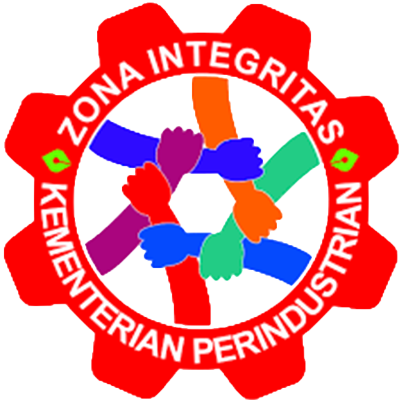Jumlah Data : 7026
| No | Judul | Abstrak | Pengarang | Penerbit | Tahun | Subyek |
|---|---|---|---|---|---|---|
| 5610 | Pengetahuan bahan batik Kode Panggil: BBKB 75.02 - p c |
SK. Sewan Susanto, S.Teks | BBKB | 1985 | bahan batik | |
| 5611 | Penelitian pembuatan alat pelorod lilin batik untuk kain batik ukuran panjang Kode Panggil: BBKB 677.05 sew p |
SK. Sewan Susanto, S.Teks | BBKB | 1985 | alat pelorod lilin batik | |
| 5612 | pola pengembangan industri rotan Kode Panggil: BBKB 633.58 - p |
BBKB | 1983 | industri rotan | ||
| 5613 | Pembina seni batik; seri batik modern Kode Panggil: BBKB 667.2 Sew p |
SK. Sewan Susanto, S.Teks | BBKB | 1973 | seri batik modern | |
| 5614 | penelitian tembaga untuk cap batik Kode Panggil: BBKB 621.9 Toe p |
Ir. Ny. TT. Soerjanto | BBKB | 1977 | cap batik | |
| 5615 | Album foto pola hias batik dari masa ke masa (reporduksi langsung dari pameran HUT purbakala ke-77) di benteng vredeburg Yogyakarta 25-28 Juni 1990 Kode Panggil: BBKB 75.02 - a |
BBKB | 1990 | foto pola hias batik | ||
| 5616 | motif batik (batik design) ii Kode Panggil: BBKB 7.021.4 - m |
BBKB | 1981 | motif batik | ||
| 5617 | Sedjarah perkembangan seni rupa modern Jilid II Kode Panggil: 7.01 soe s II c. |
Soedarso SP | ASRI Yogyakarta | 1971 | sejarah seni rupa modern | |
| 5618 | Penelitian tembaga untuk cap batik Kode Panggil: BBKB 621.9 Toe p |
Ir. Ny. TT. Soerjanto | BBKB | 1976 | cap batik | |
| 5619 | Penelitian untuk mendapatkan cara pengolahan bahan baku rotan Kode Panggil: BBKB 633.58 soe p |
A preliminary observation on rattan processing has been made the Batik and Handicraft Reserch Institute, Yogyakarta, in coopration with the faculties of forestry and Biology, UGM 1978/1979. The actifities covered in this observation were : 1. Heating or soaking of rattan samples in a mix of fuel oil and coconut oil (3:1). 2. Heating or soaking of rattan samples in asulution of borex and boric acid (30 gr + 20 gr 1 liter of distilled water). 3. Measuring the retention of the mixof both oils and solution of borax in rattan. 4. Drying of those samples in open air, in open air but protected from rain and in a solar dryer. 5. Bleaching of rattan samples by fuming with SO2 gas. 6. Testing of the samples on it's resistance against lyctus borers. 7. Storing of the samples under different conditions of relative humidities and temperatures. | JFR Soediwinardi, B.Sc | BBKB | 1979 | bahan baku rotan |



